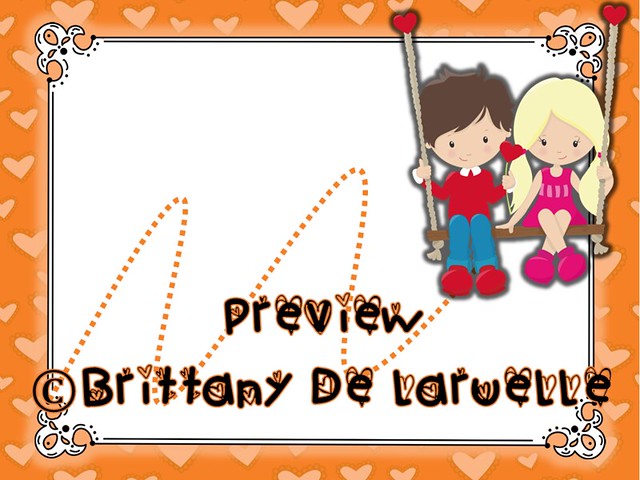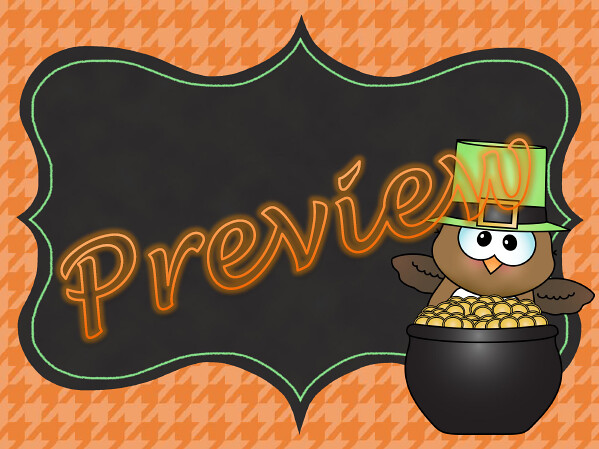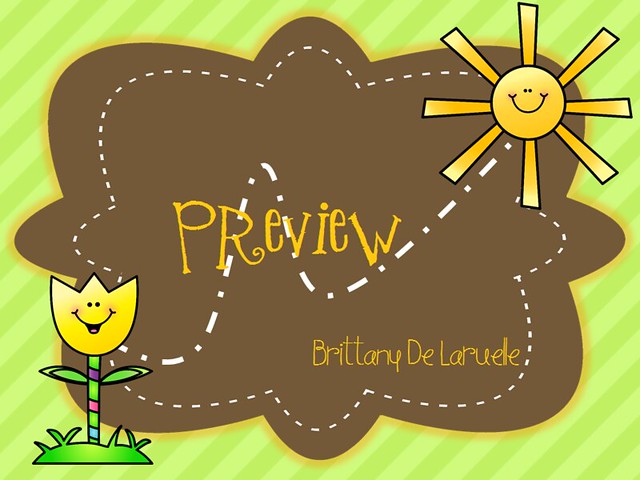This year I got some fresh new ideas from many colleagues on the Facebook General Music Group. It is so great to collaborate with so many other music teachers and bounce off ideas. It was from this conversation that I received some ideas of new ways to teach this concept.
Vocal Explorations
Before I even talk about high and low, I work a lot with students on singing in their high and low voices. This includes having students match the pitch of a slide whistle I play for them. Saying phrases like 'mmm' going up and down with their voice. Plus, we do a lot of vocal explorations on the SMARTboard. The vocal explorations are my favorite to create and use in my classroom. If you aren't familiar with vocal explorations they are pictures with hills and lines showing the way students should sing. Students follow the image using their voice. They sing in their high voice when the line is toward the top of the picture and use their low voice when it is at the bottom. We normally have to practice a couple times before we really start to get good at it. One of the most common mistakes I get is when students just repeat the first image over and over again. I then remind them to look at the way the line is different and work on singing what it shows. Another common mistake is that students always want to end in their high voice. It helps when I point out before we start: Are we starting in our high or low voice? Are we ending in our high or low voice? Then I correct if students don't sing it correctly.
Here are some images of what vocal explorations look like:





Note that some have lines and others are empty so your students can draw their own on your interactive white boards.
You can find a wide variety of these in my Teachers Pay Teachers Store:
Vocal Explorations
-OR-
You could create your own using Powerpoint.
If you aren't sure how to create your own Vocal Explorations and would like to learn more about how to do this please leave a comment on my facebook page or in the comments to let me know. I'd be happy to blog about how you can create your own (if there is enough interest).

I love your vocal exploration files on TPT and I would LOVE a blog about how you create them on PP!!!
ReplyDeleteThanks so much for commenting. When I'm done writing my series of high and low activities. I'll plan to put together something about how to create Vocal Explorations of your own. They are actually pretty simple to create. :-)
DeleteI have used vocal exploration SMART files (more this year than any year prior)-thank you for providing good teaching tips to help students grasp/use this visual concept. It is definitely more than just post up and let them loose...involves some critical thinking skills :-) I also like John Feieraband's resources with short stories integrating vocal exploration.
ReplyDeleteThanks for leaving a comment, Christy. :-)
DeleteI agree, vocal explorations do take some practice, but definitely help once students understand how to use them.
I also enjoy John Feierabend's short stories. My favorite one is the Ice Cream story. My students get such a kick out of that one.